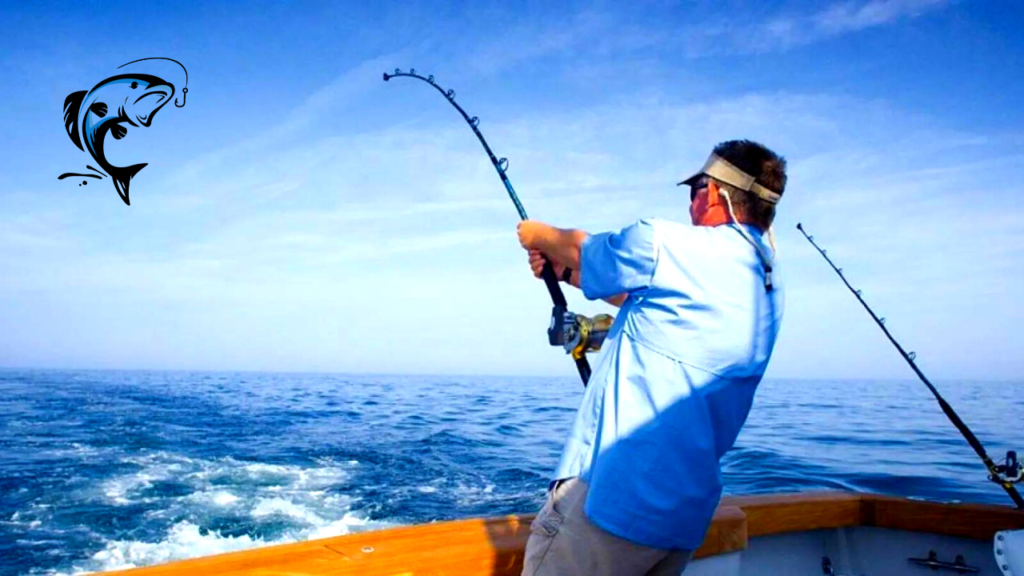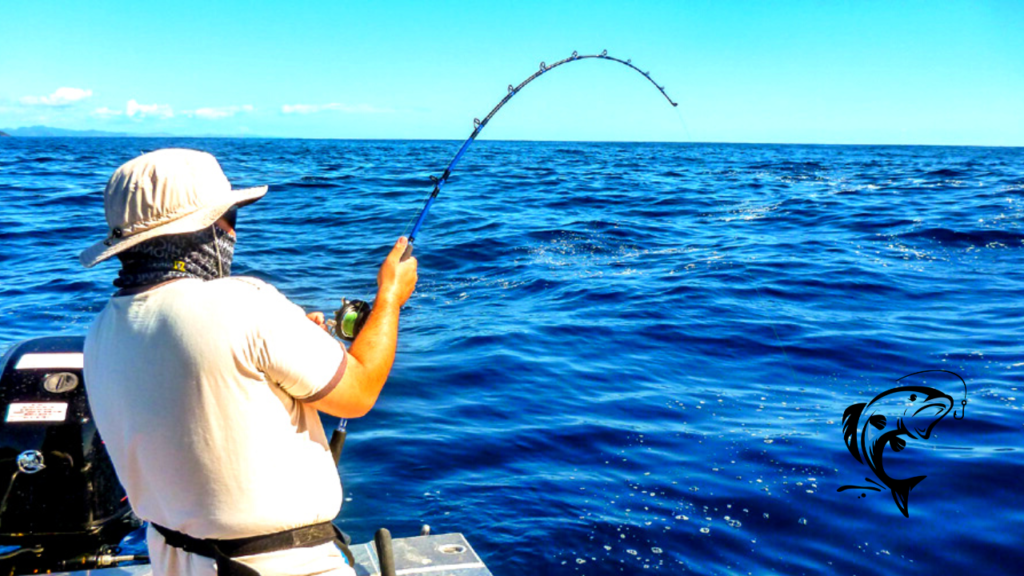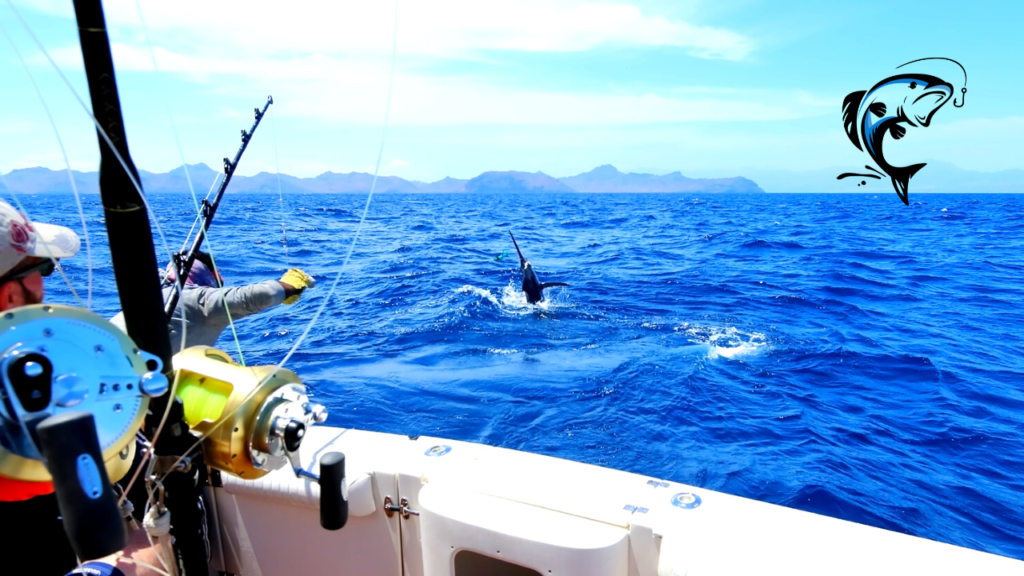It’s no secret that fishing is one of the most popular activities in the world. But what is less well-known is the phenomenon known as the “fishing strike.”
It is the act of winging the rod to ‘set’ the hook – often termed ‘striking’ – to provide a secure hook hold. But over-zealous striking usually only causes to pull the bait (and the hook) out of a fish’s mouth, likely spooking the fish in the process. Striking is a cultivated skill: strike too soon, too late, or too hard, and you will miss hooking the fish. When it comes to fishing strikes, timing is everything!
There are a few things that you can do to improve the chances of a strike. First, make sure that you are using fresh bait that is properly secured to the hook. Second, try using a different type of bait or lure if you’re not getting any bites. And finally, be patient and wait for the fish to take the bait before trying to set the hook. If you can do these things, you’ll be more likely to experience a strike when fishing.
Additionally, we highly recommend discovering the treasures in this blog post if you want to understand how to identify a fishing strike and how to do it. Are you ready to learn some of the most helpful tips for your next fishing adventure? Let’s begin!
What is Fishing Strike?
It is no secret that fish are slippery creatures. They often seem to evade capture, skillfully darting away from hooks and lures. But what exactly is a “fishing strike”? In short, it is when a fish takes the bait. But there is more to it than that. A successful strike requires timing, precision, and a bit of luck.

The angler must carefully watch the line and set the hook at just the right moment. If they are too slow, the fish will escape; if they are too early, the fish will likely spit out the bait. A good strike is the result of perfect timing and a bit of skill. So next time you go fishing, be sure to keep an eye out for that elusive strike.
How To Identify a Fishing Strike
Any good fisherman knows that the strike is the most important part of the fish’s capture. But how can you tell when one is happening?
A fishing strike is what happens when a fish takes the bait and then realizes it has been tricked. The fish will then try to swim away, but the fisherman will usually have a tight grip on the line, resulting in the fish being pulled out of the water. Strikes can be very exciting for fishermen, as they never know when or where they will happen. However, they can also be frustrating, as sometimes the fish will get away before it can be reeled in. But either way, a fishing strike is sure to get your heart pumping. Just remember to look for a few telltale signs next time you’re out on the water to identify a fishing strike.
First, you’ll usually feel a tug on the line as the fish takes the bait. Second, the rod will start to bend as the fish starts to swim away with your line. Third, you’ll see the bobber start to dip below the surface of the water.
Finally, if you’re using a net, you’ll see the fish swimming into it. If you see all of these signs, then congratulations! You’ve just experienced a fishing strike. Now all you have to do is reel in your catch.
What are the Different Types of Fishing Strikes?
If you use non-offset circle/recurved hooks, you don’t need to strike, which solves the timing issue. Circle hooks are self-setting – all you need to do is to tighten up smoothly on the line and the hook will lodge itself in the fish’s mouth.

Traditional j-hooks, on the other hand, typically require setting to hook up, but if the timing of the strike is wrong, the hook might fail to locate a hold at all or already be nestled deep inside the fish’s body.
The J-Hook Strike
To execute a j-hook strike, the angler simply drops their line down to the bottom of the water column and jerks upward when they feel a bite. This type of strike can be very effective, but it also runs the risk of gut-hooking the fish. As a result, many anglers choose to use this type of strike sparingly.
It’s always more suitable to fish with the rod in hand, giving careful attention to what’s happening to the line and keeping good contact with the bait in case there is a bite.
When is The Right Time To Strike?
You might be wondering: “When is the right time to strike?”. It may be useful to think of “the right time to strike” as a spectrum. At one end of the spectrum is the impulsive strike, which involves acting on a whim or impulse. This can be an effective strategy if you are lucky enough to stumble upon the perfect opportunity.
However, it can also lead to poor decision-making and regretted actions. At the other end of the spectrum is the calculated strike, which involves waiting for the perfect moment and planning every detail in advance. This can be an effective strategy if you have the patience and discipline to execute it correctly. However, it can also lead to missed opportunities and frustration.
The best strategy may be somewhere in between these two extremes, depending on the situation and your own personality. Ultimately, only you can decide when the right time to strike is.
What are the Consequences of Not Recognizing Fishing Strike?
So, what are the consequences of not recognizing a fishing strike? For one thing, if the fish is not properly handled, it can die from the injuries sustained during the strike. In addition, if the fish is not released quickly enough, it can swallow the hook, which can cause serious internal damage.

Finally, if an angler consistently fails to recognize a fishing strike, they are likely to lose a lot of bait – and money. So while it may not seem like a big deal at the time, failing to recognize fishing strikes can have big consequences.
Final Thoughts: What Is “Fishing Strike”?
If you’ve ever been out on a fishing trip, you know the feeling of excitement when you feel a tug on your line. Ensuring a secure hook hold is called a “fishing strike”. A fishing strike is a term that is used to describe the moment when a fish hooks onto the bait. This can be a very exciting moment for anglers, as it means that they have a chance to reel in their catch. However, it can also be frustrating if the fish is not able to be landed. So, what should you do when you experience a fishing strike?
First of all, don’t panic. The fish is just as surprised as you are, and is probably just as confused about the sudden change in circumstances. Secondly, when you experience a fishing strike, try to reel in the fish as quickly as possible. The longer the fish is on the line, the more likely it is to thrash around and break free – the fish can even injure or rip themselves. Make sure to invest in a high-quality fishing line so that you can get a useful feel of what is waiting for you below the waters!
Finally, once you’ve reeled in the fish, take a moment to calm yourself down and enjoy the fruits of your labor. After all, that’s why we go fishing in the first place – to relax and have a good time.


